Ever Wonder Why Doctors Sometimes Recommend an MRI for Breast Cancer Screening Even After a Mammogram? Mammography remains the best approach in breast cancer detection; however, Magnetic Resonance Imaging (MRI) has emerged as a strong additional tool that is changing the way breast cancer diagnosis is viewed.
At a time when detection of problems may mean the difference between life and death, it is not surprising to hear that breast MRI offers unprecedented detail and resolution for detecting suspicious tissue. It may identify lesions that might be missed by conventional screening methods, especially in women with denser breast tissue, as well as in those at increased genetic risk. With so much information about screening for breast cancer, it’s helpful to explore more about breast cancer’s causes, symptoms, and treatments to better understand how technologies like MRI fit into the bigger picture. Learn more about breast cancer and its management here.
In this chapter, we will delve into all the basics of breast MRI, from how it works, to its use in cancer detection. Let us review just how this potentially new generation imaging technology will change the working dynamics of detecting breast cancer and why it may become part of your health care in the not-too-distant future.
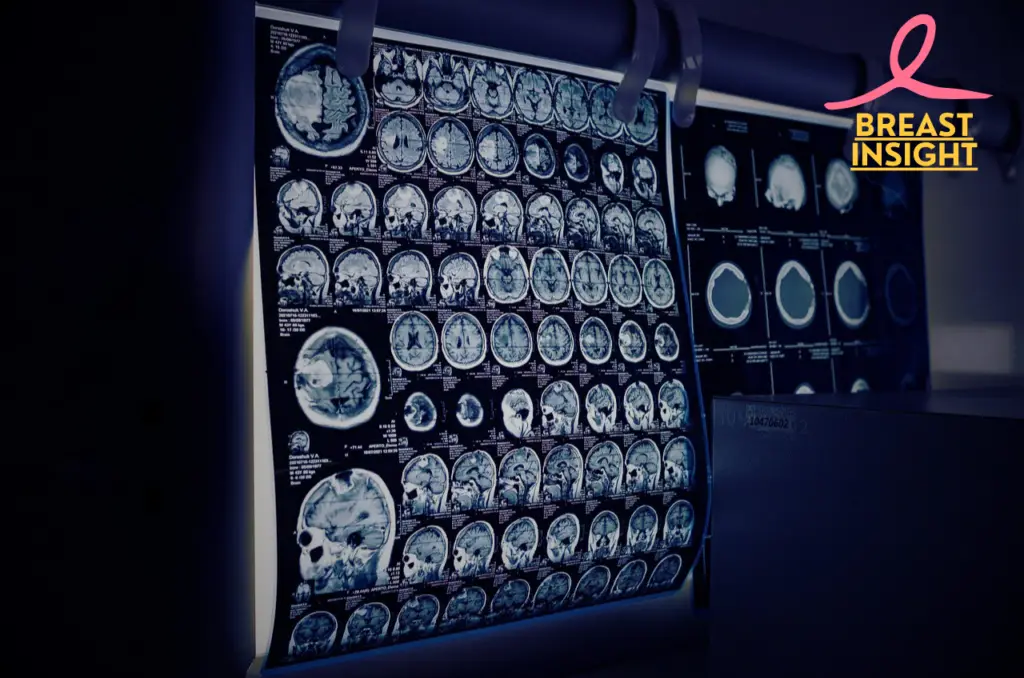
Understanding Breast MRI Basics
How Breast MRI Works
MRI for breast cancer involves strong magnets and radio waves that make clear images of breast tissue. During this procedure, a contrast dye known as gadolinium is often injected to outline abnormal areas. The machine sees varying tissue traits, making it very good at distinguishing between normal and suspicious tissue.
Difference between MRI and Mammography
| Feature | MRI | Mammography |
| Technology | Magnetic fields & radio waves | X-rays |
| Detail Level | Highly detailed 3D images | 2D images |
| Contrast Use | Required | Not needed |
| Cost | Higher | Lower |
| Time Required | 30-60 minutes | 15-20 minutes |
When doctors suggest a breast MRI
Doctors usually suggest breast MRI in these situations:
- Checking high-risk patients with genetic changes (BRCA1/BRCA2)
- Looking at how much new breast cancer is diagnosed
- Monitoring response to chemotherapy
- Breast implant inspection for rupture
- Investigating unclear mammogram results
- Screening dense breast tissue because mammograms will not detect the problems
The technology is very sensitive, so it can find cancers that regular imaging methods might miss. However, breast MRI does not replace mammography; it is a helpful tool for finding and diagnosing breast cancer. Because of its special abilities to look at tissues, let’s look at the specific benefits MRI provides in detecting breast cancer.
For those concerned about breast cancer risks, making lifestyle changes can play a significant role in prevention. Explore risky habits to break and strategies to lower your breast cancer risk for a healthier future. Learn more here.
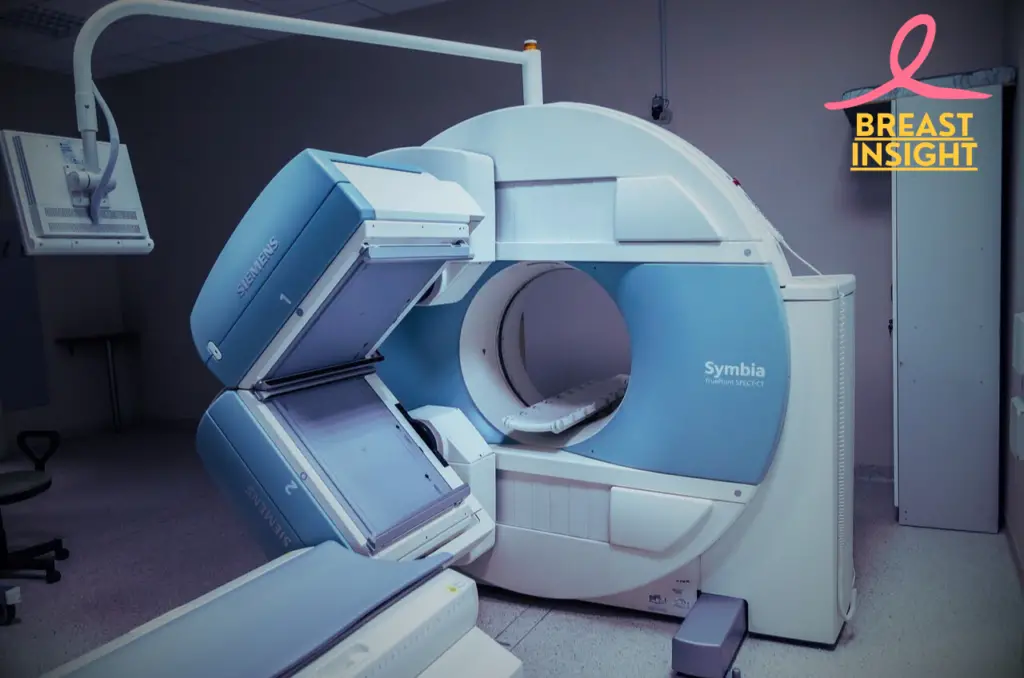
Benefits of MRI in Finding Breast Cancer
Early Detection Skills
MRI is excellent at locating early breast cancer, even to the size of just about 2-3 millimeters in diameter. This state-of-the-art imaging can reveal actual cancers several years before they can be detected by feeling or even on a standard mammogram.
Accuracy Rates Compared to Other Ways
| Imaging Method | Sensitivity | Specificity | Overall Accuracy |
| MRI | 95% | 89% | 92% |
| Mammogram | 87% | 88% | 87% |
| Ultrasound | 83% | 84% | 83% |
Ability to Detect Tumors in Thick Breast Tissue
MRI is particularly strong at scanning dense breast tissue, where traditional mammograms fail to do. Great advantages include
- Conspicuous easy-to-understand images of tissue shapes
- Better difference between normal and abnormal tissue
- Better detection of multifocal and multicentric disease
- Improved imaging of breast implants and surrounding tissue
While MRI excels in dense breast tissue, mammograms remain a critical tool for early breast cancer detection and diagnosis. Discover five life-saving facts about diagnostic mammograms here.
Monitor Treatment Response
MRI helps doctors understand important details during breast cancer treatment by:
- Measuring changes in tumor size through chemotherapy
- Checking surgical margins before surgery
- Checking for leftover disease after treatment
- Detection of possible recurrence in post-treatment care
Breast MRI is a very useful tool for managing breast cancer because of its many abilities. New screening methods, such as diffusion-weighted imaging and dynamic contrast enhancement, make it even better at diagnosing.
Now that we’ve explored some of the benefits of breast MRI in patients, let’s see what patients can expect during the procedure.
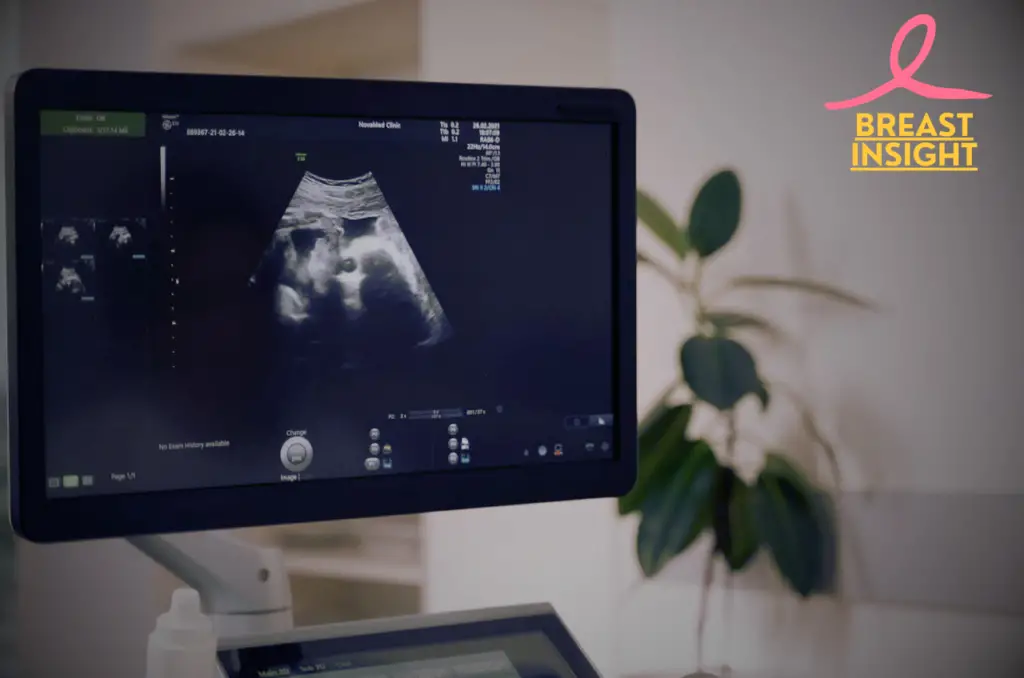
The Breast MRI Procedure
Pre-scan Preparation
- Remove all metal devices: jewelry, hearing aids, etc.
- Put on a hospital gown
- Complete medical history questionnaire
Inform technologist about:
- Pregnancy condition
- Metal implants
- History of kidney problems
- Claustrophobia
What Happens During the Scan?
A breast MRI usually takes about 30-60 minutes. It’s described below:
| Stage | Description | Duration |
| Positioning | Lie face down on scanning table with breasts in specialized coils | 5-10 mins |
| Initial Scanning | First set of images before contrast | 15-20 mins |
| Contrast Injection | Administration of gadolinium contrast agent | 1-2 mins |
| Post-contrast Scanning | Additional image sets after contrast | 15-20 mins |
Understanding Contrast Agents
Gadolinium-based contrast agents make it easier to see problems in breast tissue. The contrast material:
- Illustrates areas where there is more blood circulation
- Helps in Differentiating between normal and abnormal tissues
- Utilizes magnification to spot small problems that can otherwise remain unnoticed
- It is given through an IV in the arm
- Usually excreted from the body within 24 hours
Special requirements for contrast agents:
- Kidney function test may be necessary before
- Some patients might feel slight side effects
- Other methods are available for people who cannot have contrast
While MRI is highly detailed, breast ultrasounds offer another effective and versatile option for breast imaging. Learn more about the basics and breakthroughs of breast ultrasound here: Breast Ultrasound Facts: Basics to Breakthroughs.
Now that you know how the procedure works, let’s talk about how radiologists read these detailed breast MRI images.
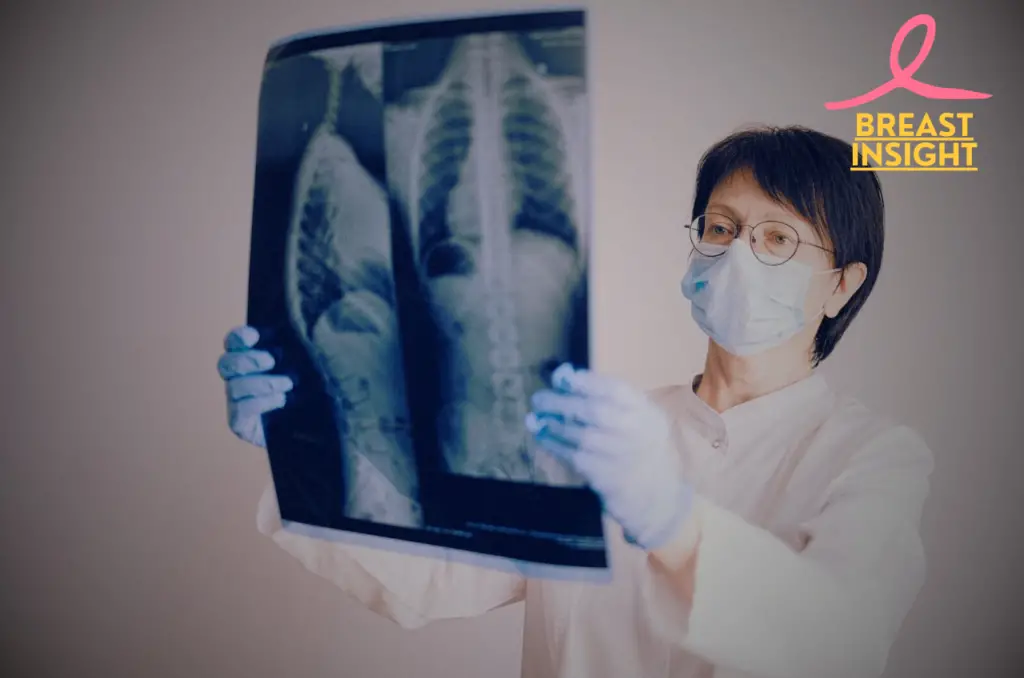
Reading MRI Results
Understanding Scan Images
Breast MRI scans generate bright images that illustrate varying shades of black, white, and gray. Physicians interpreting these images look for characteristic signs, such as:
- Mass shape and edges
- Improvement patterns
- Signal intensity changes
- Tissue composition variations
Common Findings and Trends
MRI can also manifest various patterns that may imply breast cancer:
BI-RADS Scoring System
The Breast Imaging-Reporting and Data System classifies results using a scale from 0 to 6.
- Category 0: Incomplete assessment
- Category 1: Negative
- Category 2: Benign
- Category 3: Probably benign
- Category 4: Suspicious
- Category 5: Highly suggestive of malignancy
- Category 6: Known biopsy-proven malignancy
False Positives and Their Implications
Breast MRI can sometimes give false-positive results because of:
- Changes in hormones
- Benign breast conditions
- Post-surgical changes
- Some drugs
These false positives may lead to unnecessary biopsies and increased anxiety, but the significance of their occurrence must be acknowledged against the test’s high sensitivity in detecting early-stage cancers.
To understand how MRI fits into the broader landscape of breast cancer screenings, discover more about the importance of early detection and the different screening methods available: 5 Breast Cancer Screenings for Early Detection.
Now, let us discuss a few special ways in which breast MRI is highly useful in detecting and monitoring cancer.
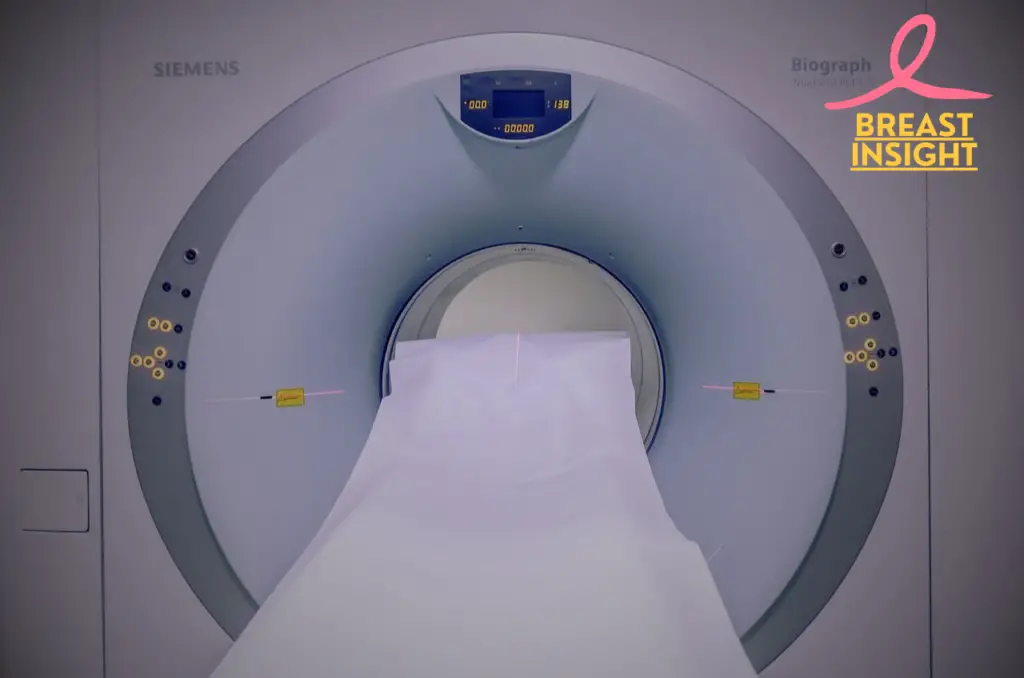
Special Applications of Breast MRI
Screening High-Risk Patients
It is an important test for people who have a higher risk of getting breast cancer. This includes:
- BRCA1/BRCA2 gene mutation carriers
- First-degree relatives of known mutation carriers
- Women with ≥20% lifetime risk of breast cancer
- Patients who have had thoracic radiation therapy
Surgical Planning
MRI provides clear images that assist surgeons in:
| Planning Aspect | MRI Benefit |
| Tumor Extent | Precise measurement of size and spread |
| Margins | Clear visualization of tumor boundaries |
| Multiple Lesions | Detection of additional tumor sites |
| Chest Wall | Assessment of potential invasion |
Breast implants Evaluation
MRI also excels to check implants through specific procedures:
- Detection of ruptures of silicone implants
- Evaluation of Implant Position
- Checking the health of nearby tissue
- Finding the complications caused by capsular contracture
MRI is better at finding problems related to implants than other imaging methods, with an accuracy rate of 94% in the catching of ruptures. The technology can show clear details of soft tissues that in complicated cases may make the use of other imaging techniques less effective.
Breast MRIs are highly useful for some specific conditions but have a lot of significant limitations and also things that both healthcare providers and patients should think about.
If you’re concerned about advanced stages of breast cancer, including stage 4, it’s crucial to understand the signs, treatments, and survival outcomes. Explore more on how to manage stage 4 breast cancer here: Stage 4 Breast Cancer: Signs, Treatment & Survival.
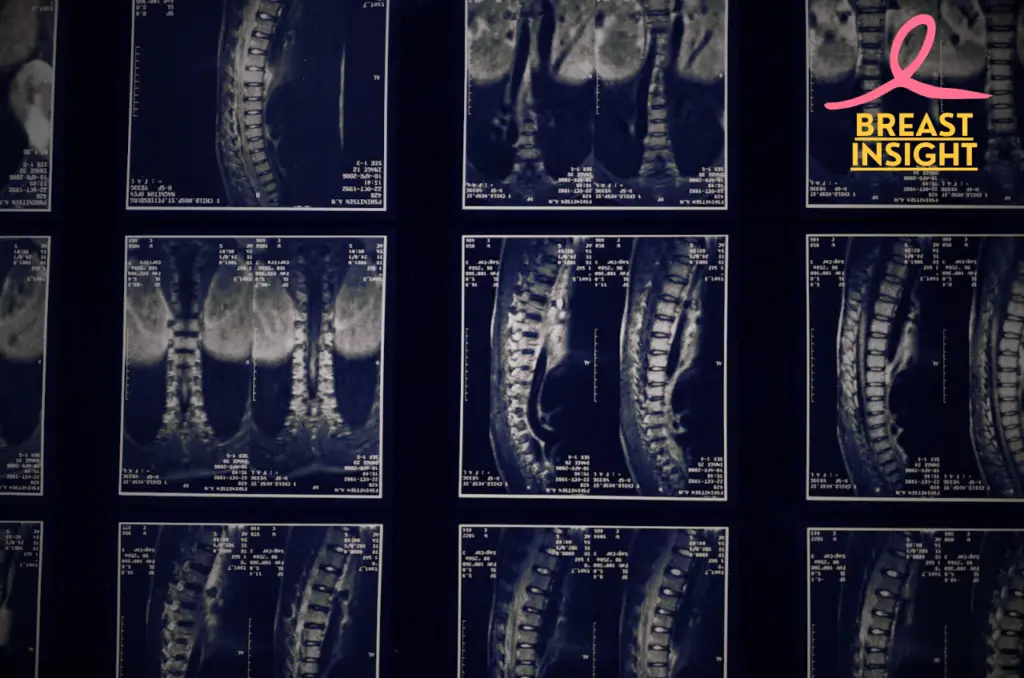
Limitations and Considerations
Cost Factors and Insurance Coverage
The price of a breast MRI scan may vary widely, usually between $500-$2,500 per session, and these are general and usual costs.
| Cost Component | Approximate Range |
| Base MRI Scan | $400-$1,500 |
| Contrast Material | $100-$300 |
| Radiologist Reading | $200-$400 |
| Facility Fees | $200-$300 |
Insurance coverage varies widely, with most providers requiring pre-authorization and specific qualifying conditions:
- High-risk breast cancer status
- Dense breast tissue
- Check-up for unusual mammogram results
Time of Needs and Real-Life Considerations
A breast MRI test usually requires:
- 45-60 minutes for the complete procedure
- Multiple scheduling constraints due to menstrual cycle timing
- More time for injecting contrast and positioning
Claustrophobia and Patient Comfort
About 5-10% of patients feel claustrophobic during breast MRI. Important challenges are:
- The MRI tunnel is a small space
- Required face-down position
- Noisy scanning sounds
Contraindications
Some reasons may discourage a patient from having a breast MRI.
- Metallic tools or equipment
- Pregnancy (especially first trimester)
- Acute kidney failure
- Allergies to contrast material
- Cannot lie flat for long time
Given these limitations, healthcare providers commonly recommend using breast MRI as a supplement to other imaging techniques like mammography and ultrasound.
For those dealing with metastatic breast cancer, it’s important to know how to manage and fight it. Explore these 5 steps to help conquer metastatic breast cancer: Conquering Metastatic Breast Cancer: 5 Steps.

Conclusion
Breast MRI is a very useful tool in the battle against breast cancer. It offers clear images that work well with regular screening methods. MRI can find early tumors and helps in planning and checking treatment. Its ability to create three-dimensional images and spot unusual tissue patterns is especially helpful for patients at high risk and for complicated cases.
MRI has limitations and is not recommended as a first-line screening modality, but its benefits are obviously provided in certain situations. If you have a concern about your breast health or feel that you are at high risk, discuss your situation with your doctor to determine if breast MRI should be included in your plan of screening. Our best hope in our fight against it remains early detection of breast cancer, and MRI technology helps us do just that.
Frequently Asked Questions (FAQs)
What is the role of MRI in breast cancer diagnosis?
MRI is extremely important to detect breast cancer as it provides sharp images that may possibly depict tumors mammograms cannot pick. This is particularly helpful for women in the high-risk category, such as those with a family history of breast cancer and with genetic risks, such as BRCA mutations. MRI can also help assess the size of the tumor and how far it has spread, which is important in developing a treatment plan.
How does MRI compare to mammograms for breast cancer screening?
MRI can seek out smaller or more-secret tumors than mammograms. Mammograms are generally used for routine check-ups; however, MRI is often recommended for patients with a higher risk or when additional information regarding a known tumor is needed. In essence, when using both MRI and mammograms concurrently, the detection becomes more accurate, and there tends to be a better outcome.
Are there any risks or limitations associated with breast MRI?
Yes, MRI is a very strong diagnostic tool, but it has its limits: high sensitivity may result in false positives and subsequent worry and biopsies; high cost MRI scans are often more expensive than mammograms; not everyone is covered by insurance. Discuss benefits and limitations with your healthcare provider.
What can I expect during a breast MRI procedure?
You will lie on a soft table face down, with holes in it for your breasts, during a breast MRI. The test is usually around 30 to 60 minutes. They often need a special dye to make images clearer. Patients are instructed to stay still, and sometimes earplugs or headphones are given to mitigate the loudness of the machine. People generally do well with the test, which is not invasive.
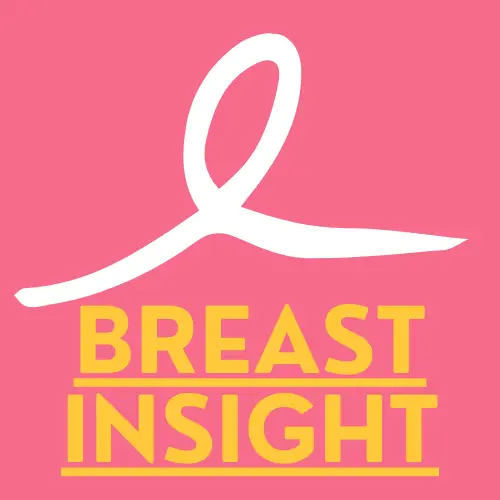

1 thought on “Breast MRI: 6 Powerful Insights You Need to Know From Life Saving Benefits to Crucial Limitations”